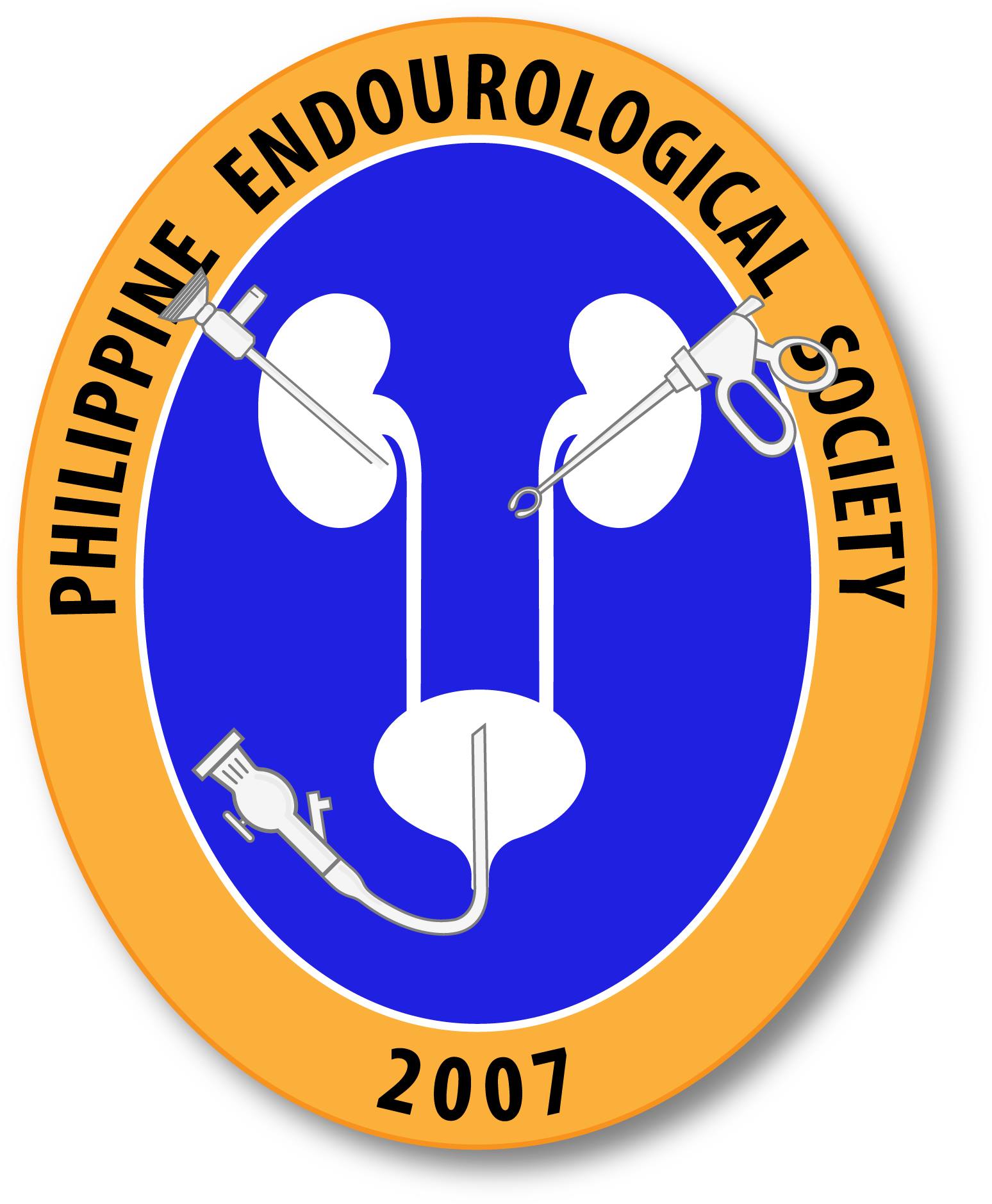Thiamine deficiency in a patient with recurrent renal cell carcinoma who developed weight loss with normal appetite and loss of energy soon after nivolumab treatment.
Nivolumab has become an effective treatment option for cancer in various sites; however, this drug may cause immune-related adverse effects due to its mechanism of action. Furthermore, little has been reported on thiamine deficiency (TD) in patients receiving nivolumab treatment. From a series of cancer patients, we reported a patient with recurrent renal cell carcinoma […]
